Home>Ideas and Tips>How To Design A Water-Wise Succulent Garden
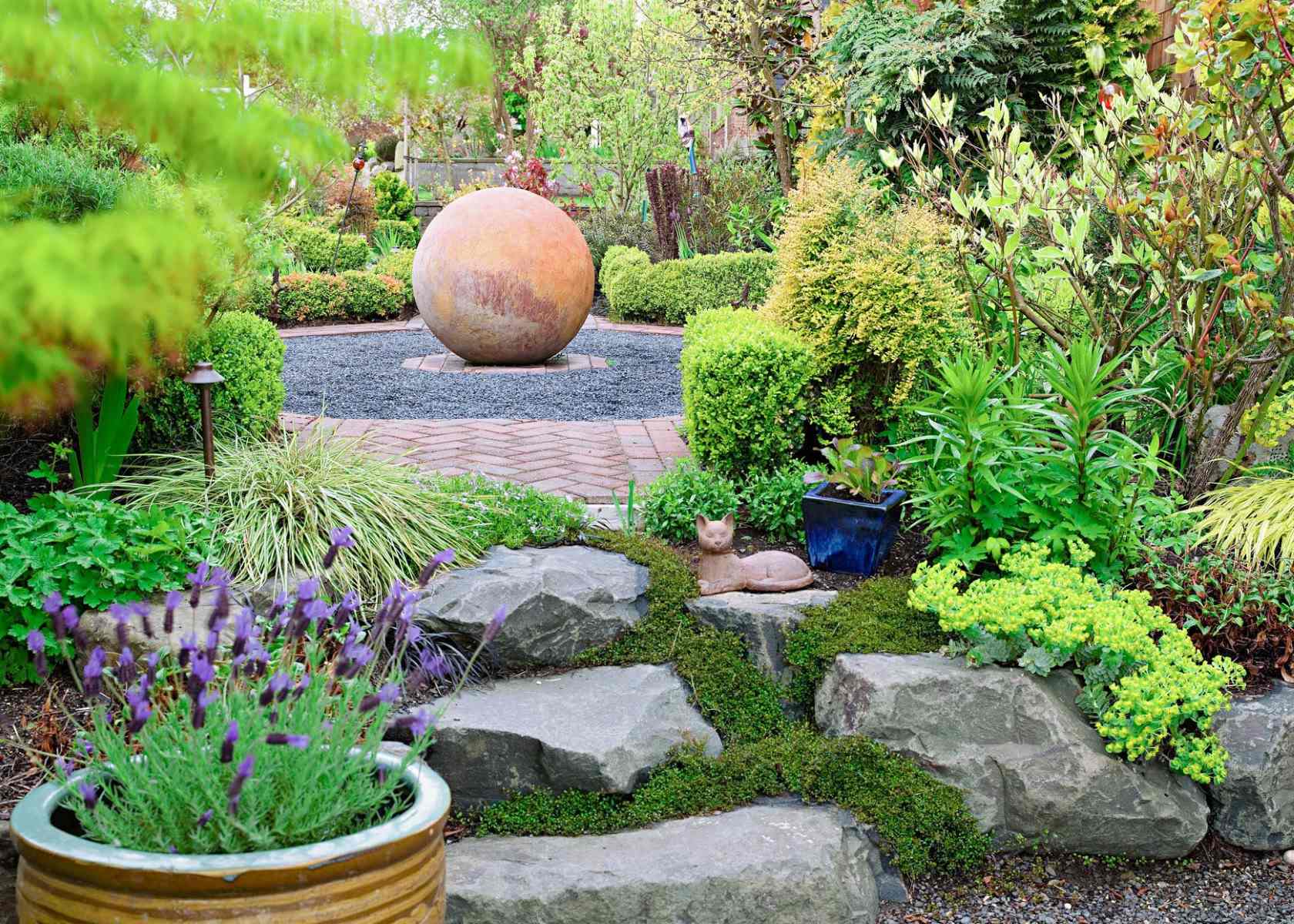

Ideas and Tips
How To Design A Water-Wise Succulent Garden
Published: August 30, 2024
Learn how to design a water-wise succulent garden that conserves water and adds beauty to your outdoor space with our expert tips and step-by-step guide.
(Many of the links in this article redirect to a specific reviewed product. Your purchase of these products through affiliate links helps to generate commission for Storables.com, at no extra cost. Learn more)
Creating a water-wise succulent garden is an excellent way to enhance your outdoor space while conserving water. Succulents are naturally drought-tolerant plants that thrive in environments with minimal watering, making them perfect for water-conscious gardeners. In this article, we will guide you through the steps to design and maintain a stunning water-wise succulent garden.
1. Understanding Succulents
Before diving into the design process, it's essential to understand the needs and characteristics of succulents. Succulents are plants that have adapted to survive in arid environments by storing water in their leaves, stems, or roots. This adaptation allows them to thrive with minimal watering, but it also means they require specific growing conditions.
Soil Requirements
Succulents need well-draining soil to prevent root rot. If you have heavy clay soil, it's best to create a raised bed or use potting soil specifically designed for succulents. Adding sand or gravel to your soil can improve drainage, but be cautious not to overdo it, as this can make the soil too dry for some succulents.
Sunlight Needs
Most succulents require three to four hours of direct sunlight per day. However, some species can tolerate partial shade, so it's crucial to choose succulents that fit your specific climate and sunlight conditions. When planting your succulent garden, ensure that the features you add complement rather than detract from your succulents. Use techniques like curved lines and varied textures to create movement and balance in your garden.
2. Choosing the Right Succulents
Selecting the right succulents is crucial for a water-wise garden. Here are some tips for choosing succulents:
Climate Adaptation
Choose succulents that are adapted to your local climate. Some succulents are more tolerant of extreme temperatures or high humidity, while others prefer dry conditions. For example, if you live in an area with ample rainfall, consider using pumice in your soil to prevent root rot.
Variety and Texture
Succulents come in a wide variety of shapes, sizes, and colors. To create an interesting and visually appealing garden, choose a mix of succulents with different textures and colors. For example, mat-forming or creeping groundcovers with silver or blue foliage can create the illusion of a limpid pool or light-reflecting lake.
Specific Succulent Recommendations
Some popular succulent species include:
- Blue Chalksticks (Senecio serpens): These plants have silver-blue foliage and can create a beautiful, flowing effect in your garden.
- John Creech Stonecrop (Sedum spurium ‘John Creech’): This succulent has green, scalloped leaves and produces pink flowers in late summer.
- Clamshell-Shaped Paddle Plants (Kalanchoe luciae): These plants have unique, clamshell-shaped leaves that add an otherworldly touch to your garden.
3. Designing Your Succulent Garden
Designing your succulent garden involves more than just planting the succulents; it's about creating an artistic and functional space. Here are some tips for designing your water-wise succulent garden:
Creating Movement and Balance
To add movement and balance to your garden, use techniques like curved lines and varied textures. Planting succulents in curved lines rather than straight ones can make your installation look more dynamic. Using colored gravel mulch, hills, and rocks can also add movement and interest to your garden.
Adding Accent Plants
Accent plants with unusual and striking foliage textures or colors can immediately draw the eye and create vibrancy in your garden. These plants are best used sparingly to avoid overwhelming the space. For example, using clamshell-shaped paddle plants or agaves with writhing arms can create a magical underwater mood.
Creating an Under-the-Sea Garden
To evoke the feeling of an underwater garden, plant succulents with otherworldly forms or fantastical foliage. For instance, using clamshell-shaped paddle plants, agaves with writhing arms, and crested euphorbia can create undulating brain coral-like structures.
Creating a Waterlily Dish Planter
You can also use succulents to create an ever-blooming, waterless lily pond in a container or birdbath. Plant dinner plate aeoniums with flat, saucer-like shapes that resemble lily pads, and add dusty pink and blue-green echeverias to stand in as water lily flowers. Mulch the “pond” with glass beads or blue frosted glass chips for a watery finishing touch.
4. Planting Your Succulent Garden
Planting succulents is relatively easy, but it requires some care to ensure they thrive. Here are the steps to plant your succulent garden:
Preparing the Soil
Before planting, prepare the soil by adding sand or gravel if necessary. If you have heavy clay soil, create a raised bed or use potting soil specifically designed for succulents.
Planting Succulents
When planting succulents, only plant as deep as necessary so that the plant stays vertical. This is because succulents do not need deep holes like other plants. After planting, add a gravel or lava rock topdressing to improve drainage and aesthetics. Experiment with different colors, textures, and sizes of rock to create a pleasing design.
Adding Mulch
Mulching your succulent garden helps retain moisture in the soil and keeps weeds from growing. Use eco-friendly mulches like eucalyptus wood, pine needles, or straw. Avoid mulches made from repurposed wood waste or those with added dyes, as these can contain unsafe chemicals.
5. Watering Your Succulent Garden
Watering your succulent garden is crucial but should be done sparingly. Here are some tips for watering your succulents:
Watering Frequency
Succulents need infrequent but thorough watering. Water them only when the soil is dry to the touch, usually every 7-10 days depending on the climate and soil type. Avoid overwatering, which can lead to root rot.
Using Acidified Water
Succulents prefer slightly acidic water with a pH range of 5.5-6.5. If your tap water is too alkaline, add vinegar or citric acid to lower the pH level. This helps the succulents absorb nutrients better, leading to better plant health and growth.
6. Maintaining Your Succulent Garden
Maintaining your succulent garden involves regular care to ensure they continue to thrive. Here are some tips for maintaining your water-wise succulent garden:
Pests and Insects
Use succulents and other plants to repel pests and insects naturally. For example, using plants with strong scents like lavender or rosemary can deter aphids and other pests.
Read more: How To Make Succulent Vertical Garden
Mulching and Weeding
Regularly mulch your garden to retain moisture and suppress weeds. Weeds compete with your succulents for water and nutrients, so it's essential to keep them under control.
Fertilizing
Fertilize your succulents sparingly during the growing season. Use a balanced fertilizer specifically designed for cacti and succulents, as these plants have different nutrient requirements than other plants.
7. Benefits of a Water-Wise Succulent Garden
Creating a water-wise succulent garden offers numerous benefits:
Water Conservation
By using drought-tolerant plants like succulents, you can significantly reduce your water consumption. This is especially important in areas where water resources are limited or during times of drought.
Environmental Benefits
Water-wise gardens help reduce runoff and filter pollutants by redirecting rainwater through the landscape. This reduces the burden on local water systems and helps maintain healthy watersheds.
Aesthetic Appeal
Succulent gardens are visually stunning, offering a variety of shapes, sizes, and colors that add beauty to any outdoor space. By incorporating different textures and forms, you can create a dynamic and engaging garden that evokes the illusion of water without using it.
8. FAQ About Water-Wise Succulent Gardens
Here are some frequently asked questions about water-wise succulent gardens:
Q: How often should I water my succulents?
A: Water your succulents only when the soil is dry to the touch, usually every 7-10 days depending on the climate and soil type.
Q: What type of soil should I use for my succulents?
A: Use well-draining soil specifically designed for succulents or add sand or gravel to improve drainage if you have heavy clay soil.
Q: Can I use any type of mulch for my succulent garden?
A: No, avoid mulches made from repurposed wood waste or those with added dyes, as these can contain unsafe chemicals. Instead, use eco-friendly mulches like eucalyptus wood, pine needles, or straw.
By following these steps and tips, you can create a stunning water-wise succulent garden that not only conserves water but also adds beauty and vibrancy to your outdoor space. Whether you're an experienced gardener or just starting out, designing a water-wise succulent garden is an excellent way to enhance your garden while contributing to a more sustainable environment.
Was this page helpful?
At Storables.com, we guarantee accurate and reliable information. Our content, validated by Expert Board Contributors, is crafted following stringent Editorial Policies. We're committed to providing you with well-researched, expert-backed insights for all your informational needs.
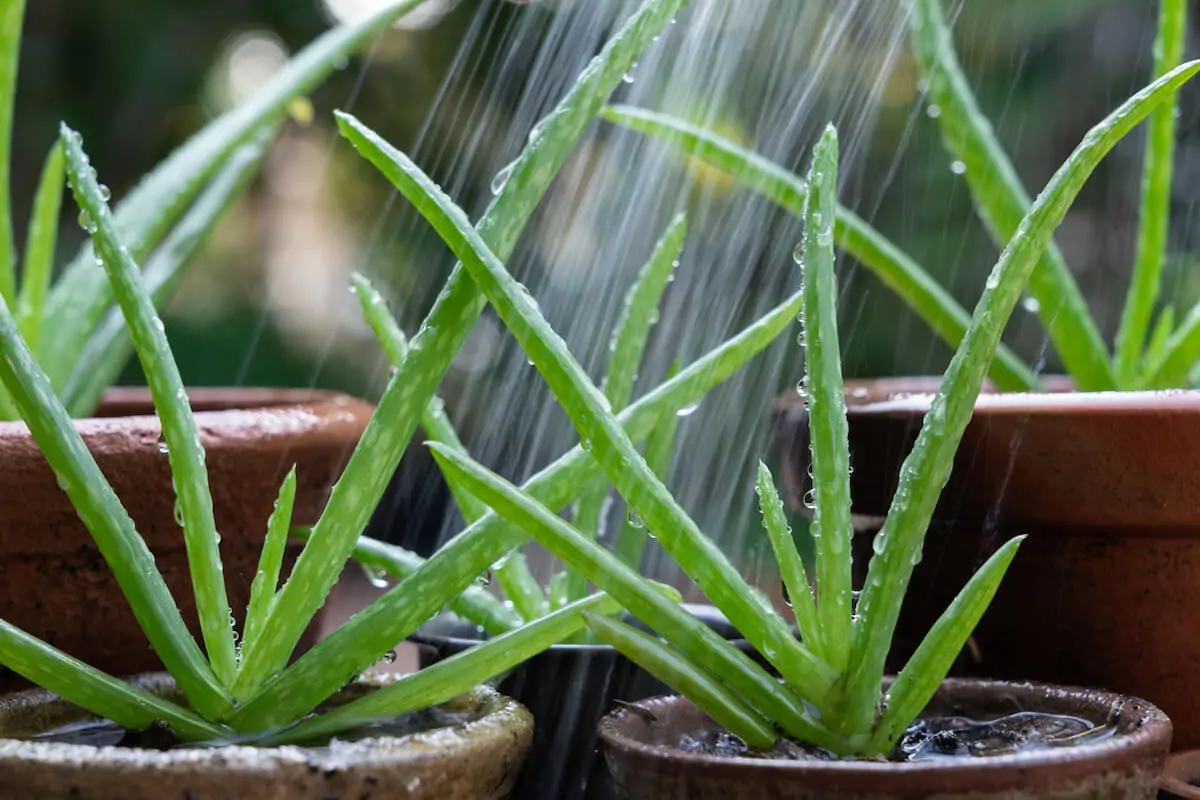
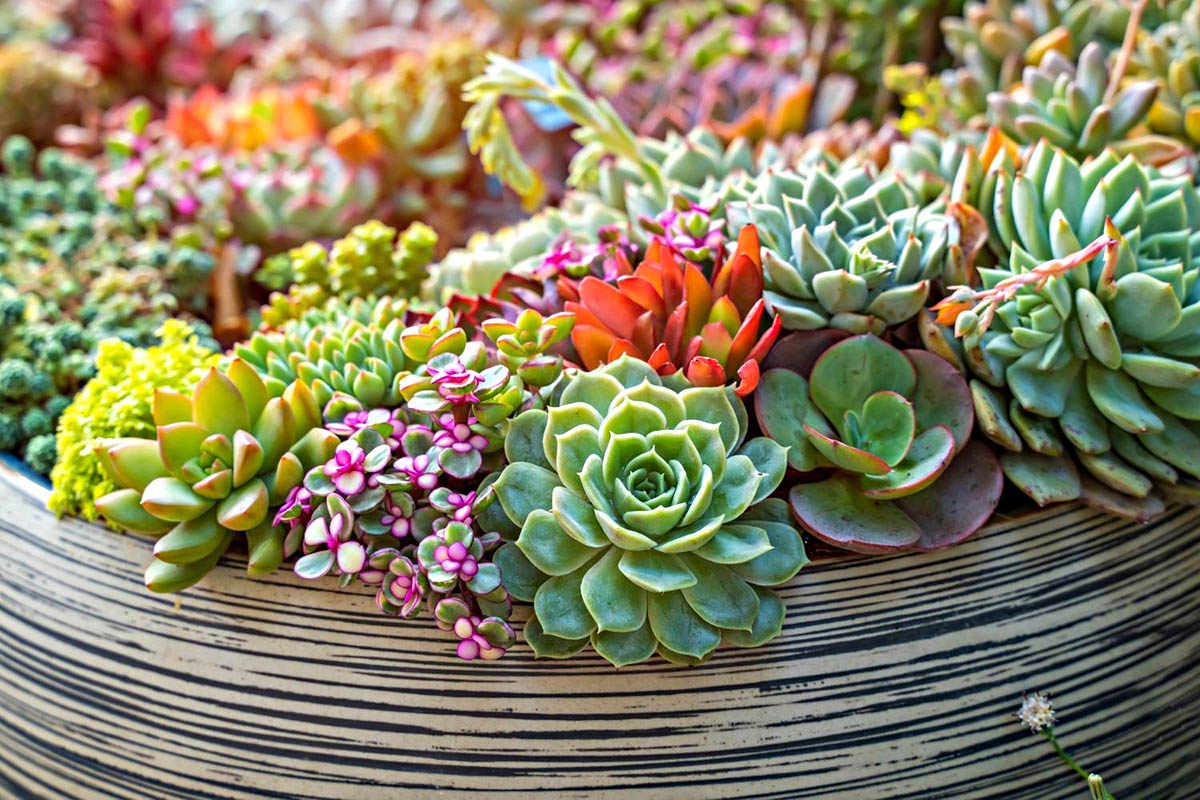
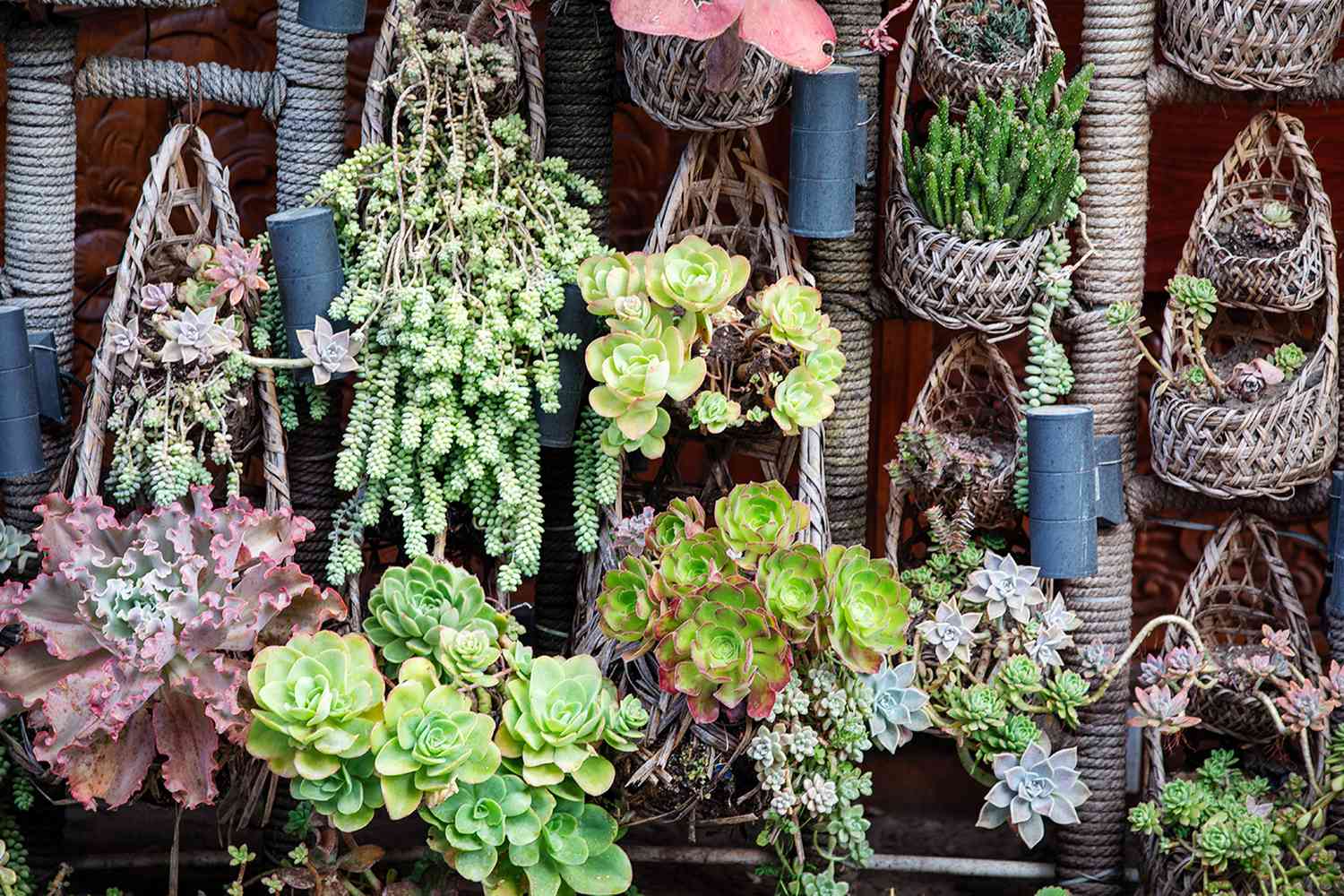
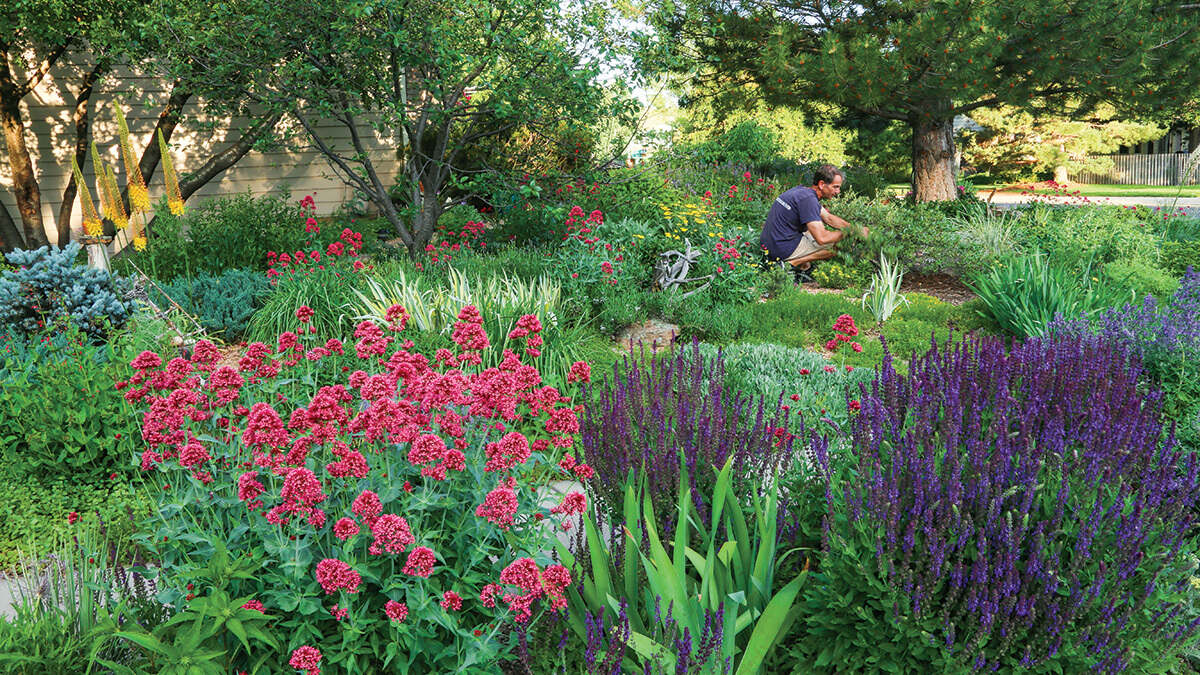
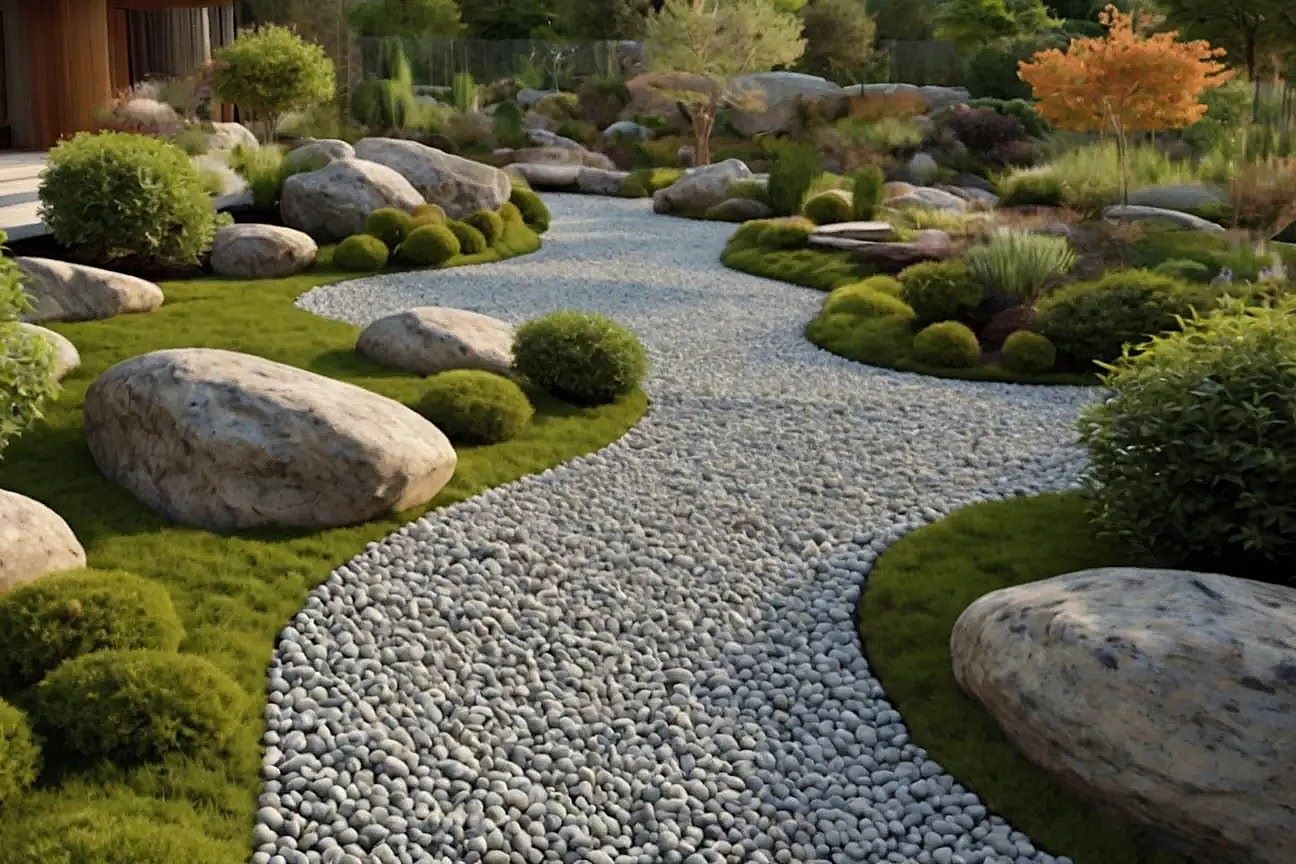
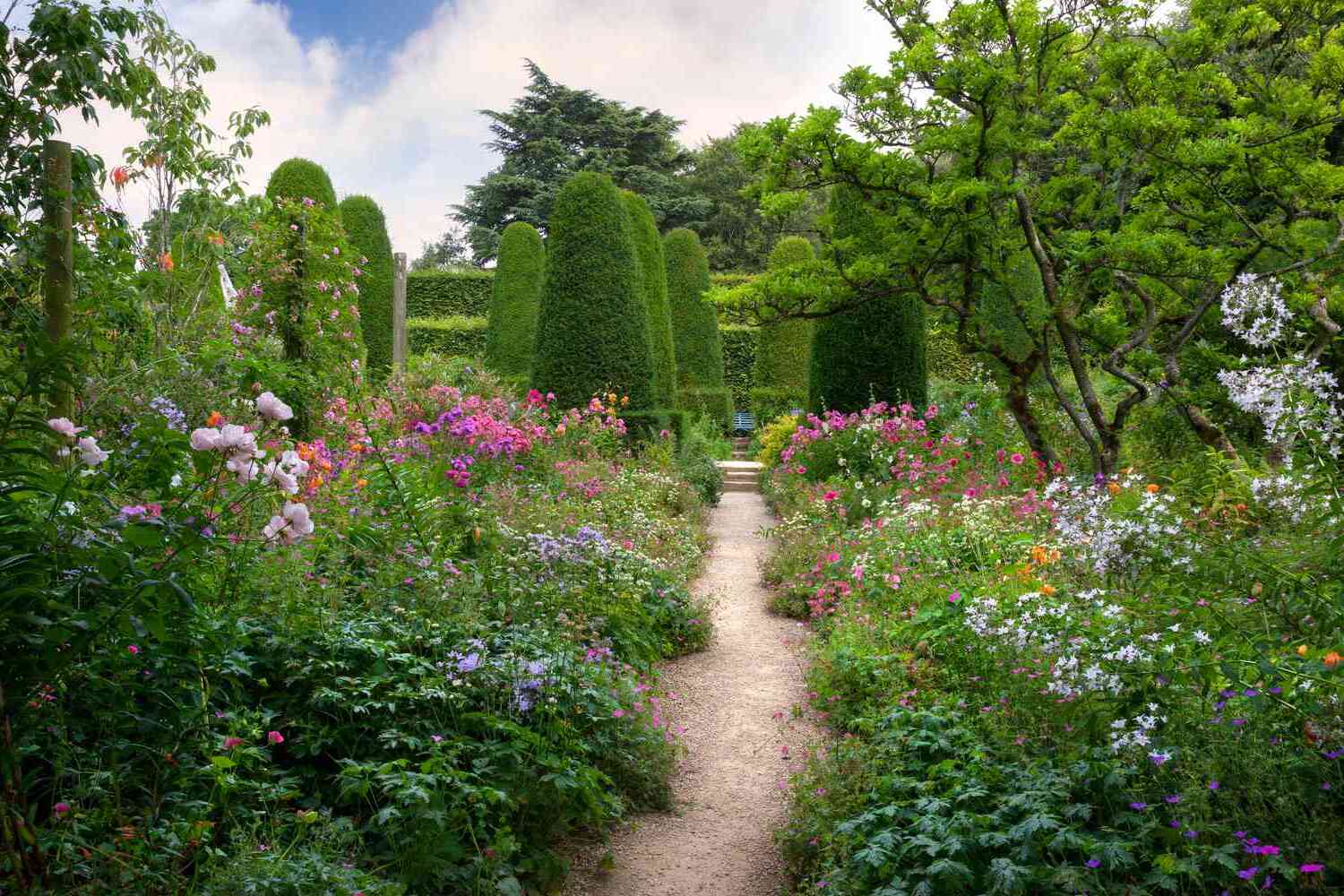
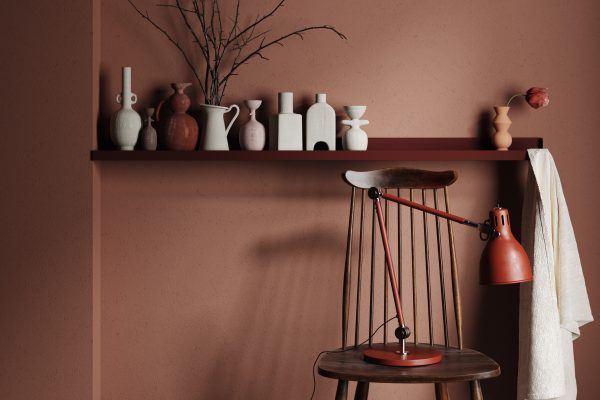
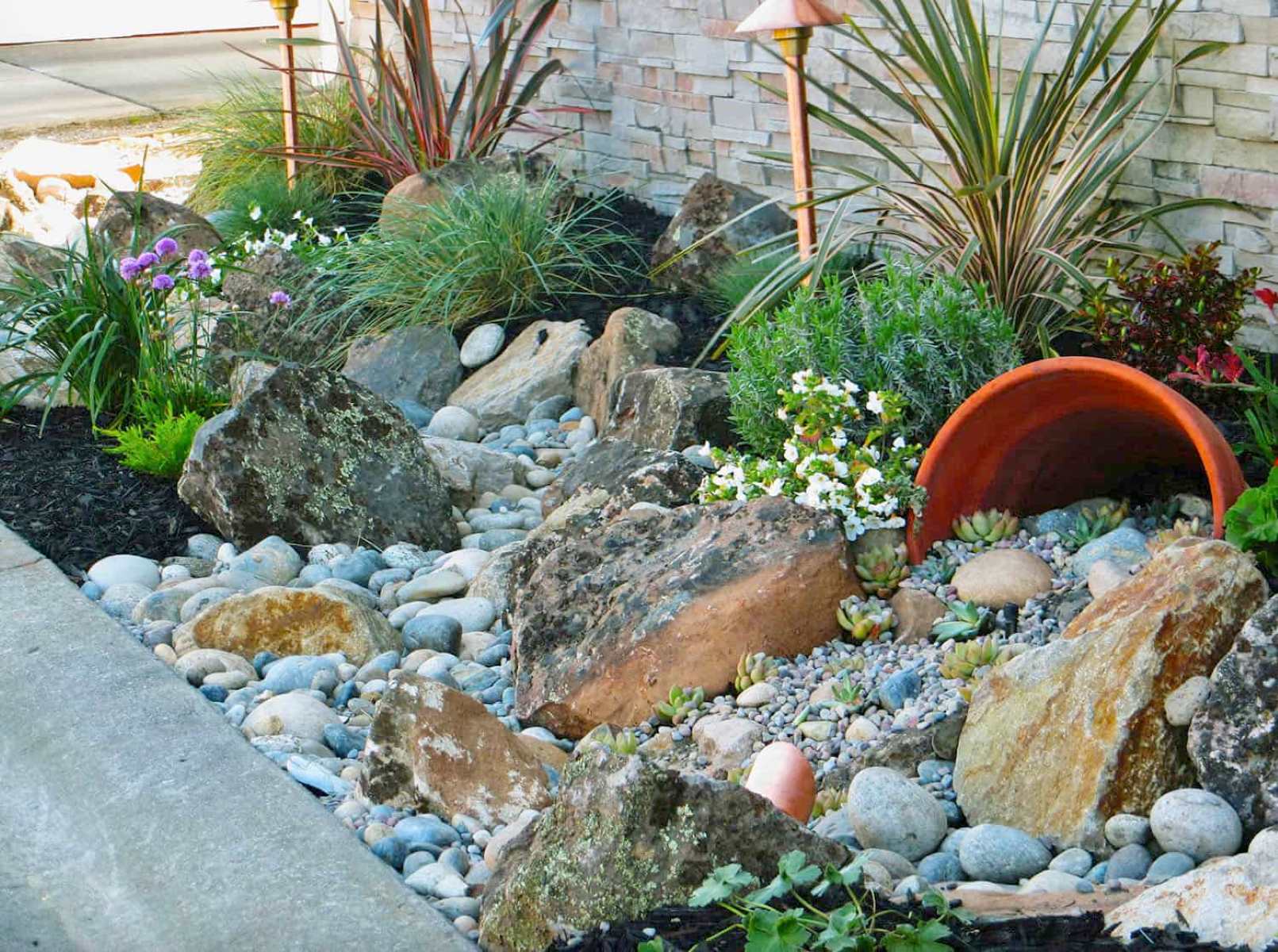

0 thoughts on “How To Design A Water-Wise Succulent Garden”